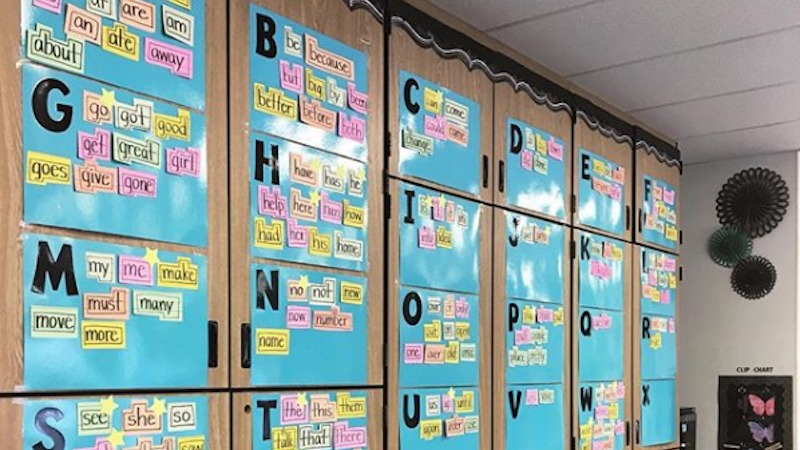As educators, we are constantly seeking tools and strategies to enhance student learning and engagement in the classroom. One such tool that has proven effective across all age groups and subject areas is the word wall. A word wall is a collection of words displayed in large visible letters on a wall, designed to provide an interactive visual aid for students.
The primary goal of a word wall is to promote literacy by providing a constant reference point for important vocabulary. Word walls are dynamic—they grow and evolve with the learning process. They can be subject-specific, focusing on key terminology in math, science, or history, or they can be general, displaying high-frequency words or words of the week.
Benefits of Word Walls in the Classroom:
1. Enhance Vocabulary Retention: By repeatedly seeing the words on the wall, students can improve their retention and recall of vocabulary terms.
2. Promote Reading Skills: Word walls help students recognize patterns and common phonetic sounds, aiding in decoding unfamiliar words during reading.
3. Support Writing Efforts: Students can use the word wall as a reference when writing to find correct spellings, enrich their language, and vary their word use.
4. Encourage Independence: A well-structured word wall enables students to self-check and correct their work, fostering independent learners.
5. Facilitate Interactive Learning: Teachers can use word walls interactively through activities like word games, spelling bees, or storytelling sessions that involve words from the wall.
Creating an Effective Word Wall:
To make the most out of a word wall, consider these tips:
– Placement: Ensure the word wall is at eye-level for your students so they can easily read and interact with it.
– Legibility: Write words in bold and clear print so they’re visible from different parts of the classroom.
– Categories: Organize words into categories such as alphabetical order or by theme to help students navigate the word wall more effectively.
– Inclusivity: Include diverse vocabulary that reflects various cultures and experiences to promote inclusiveness within your classroom.
– Interactive: Change your word wall regularly by adding new words or themes aligned with current lessons or student interests.
Conclusion:
Word walls are a simple yet powerful tool that can greatly enhance learning within classrooms. By incorporating this visual aid into your teaching strategy, you create an engaging environment that promotes reading comprehension, vocabulary development, improved writing skills, and independent learning. Whether for young readers or advanced learners, a well-implemented word wall can be an invaluable asset to any educational setting.





